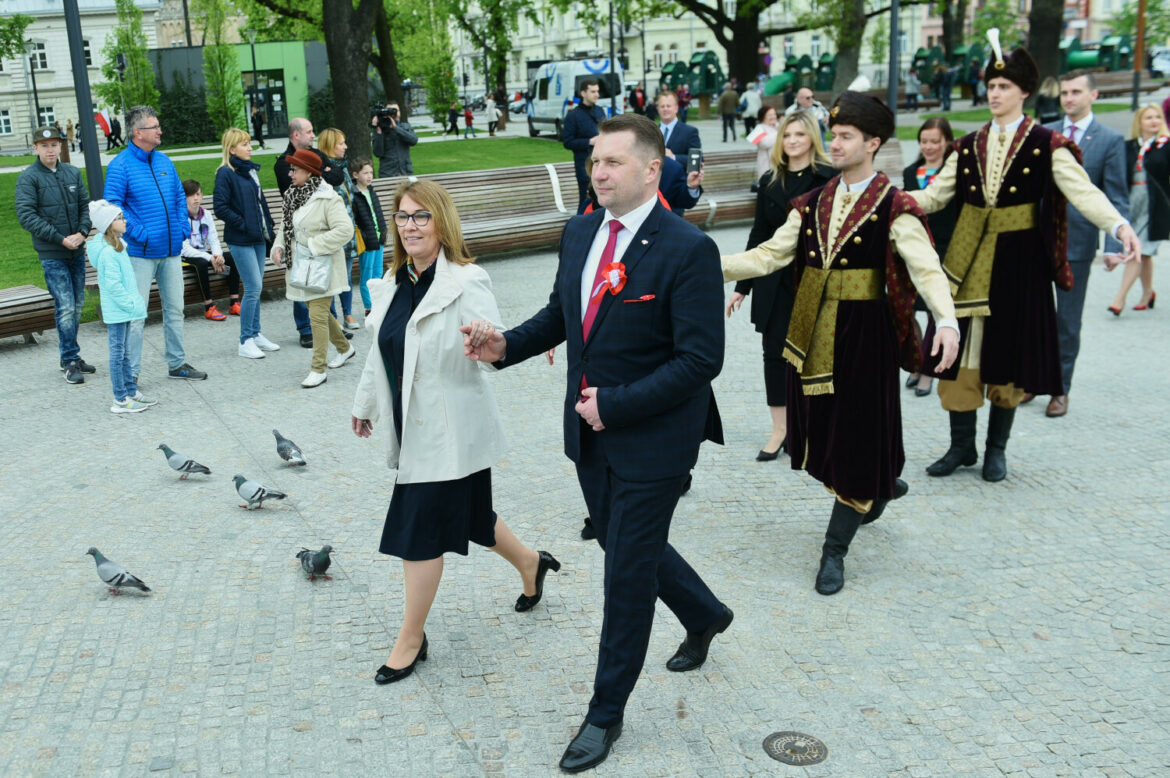A traditional Polish dance called the polonaise has been inscribed on the Representative List of Intangible Cultural Heritage of Humanity. The announcement of the inscription was made during the 18th session of the Intergovernmental Committee for the Protection of Intangible Heritage in Kasane, Botswana. The polonaise is the sixth Polish tradition to be inscribed on the UNESCO list. In previous years, the following were inscribed on the list: Krakow nativity scenes (2018), bee-keeping culture (2020), falconry (2021), the tradition of flower carpets for Corpus Christi processions (2021) and rafting (2022).
“The polonaise is a genetic code, a cultural code of our nation, one of the oldest Polish national dances that still functions today. It is a dance known to every Pole, and now the whole world will hear about it. I would like to thank everyone who contributed to the happy ending of this procedure and the inscription of the polonaise on the UNESCO list”, said Dominika Chorosińska, Minister of Culture and National Heritage.
The tradition of dancing the polonaise dates to the 16th century – under the name ‘chodzony’, and under the name polonaise since the 18th century. It is one of the five traditional Polish dances. Dancing the polonaise has a symbolic dimension, particularly as an open, egalitarian dance that unites participants across divisions.
The polonaise is a group dance with a solemn yet joyful character. A group dancing the polonaise can number from several to even several hundred members. Participants dance in pairs, which march in rhythm one after the other to form a procession.
During the dance, the couples perform various figures, for example by raising their hands up they create bridges under which other participants pass, they join in fours or eights, they bring their partner to the other side, or they change the direction of the march.
It is possible to participate in the dance without making a mistake by imitating other couples. The arrangement of the figures is not imposed from above, it can be prepared or improvised. Some elements, such as the circle and the polonaise snake, have a clear symbolism referring to the values of equality, unity, and harmony.
Adrian Andrzejewski





